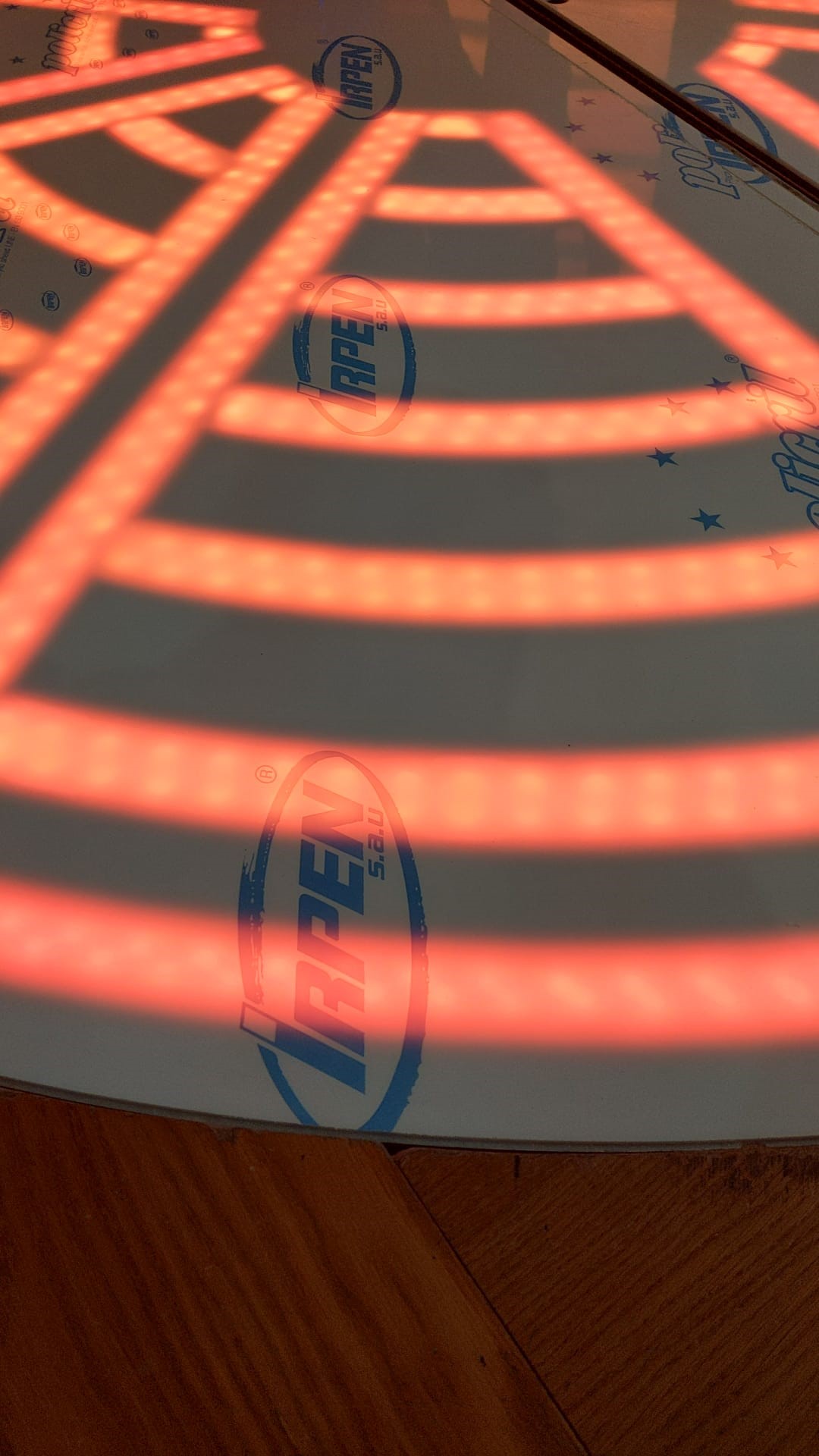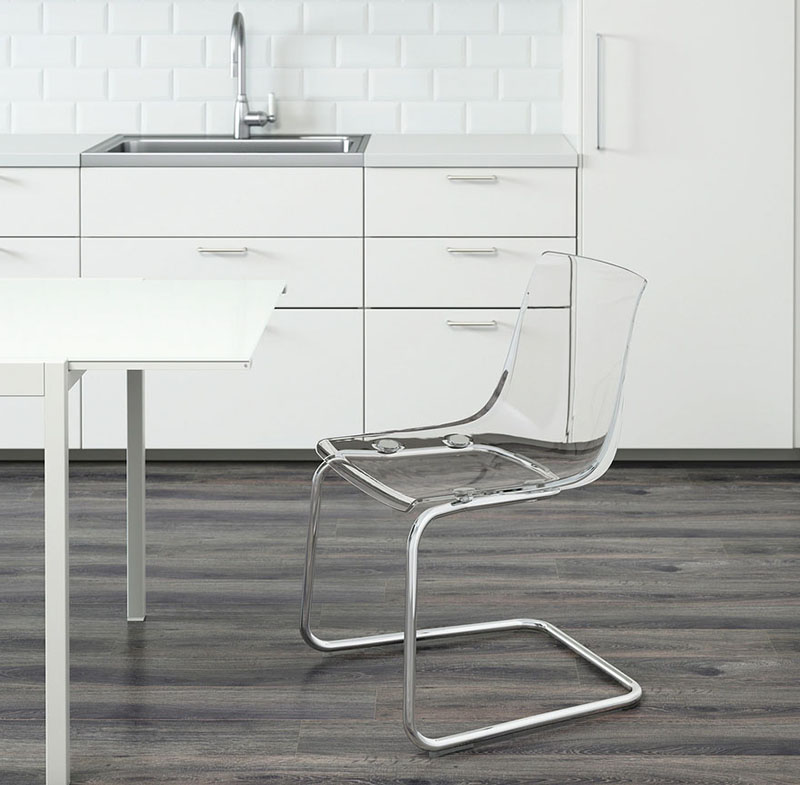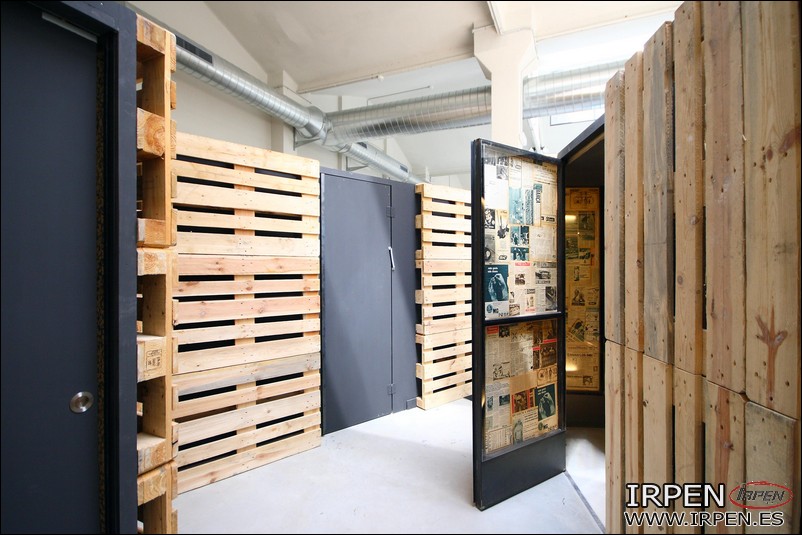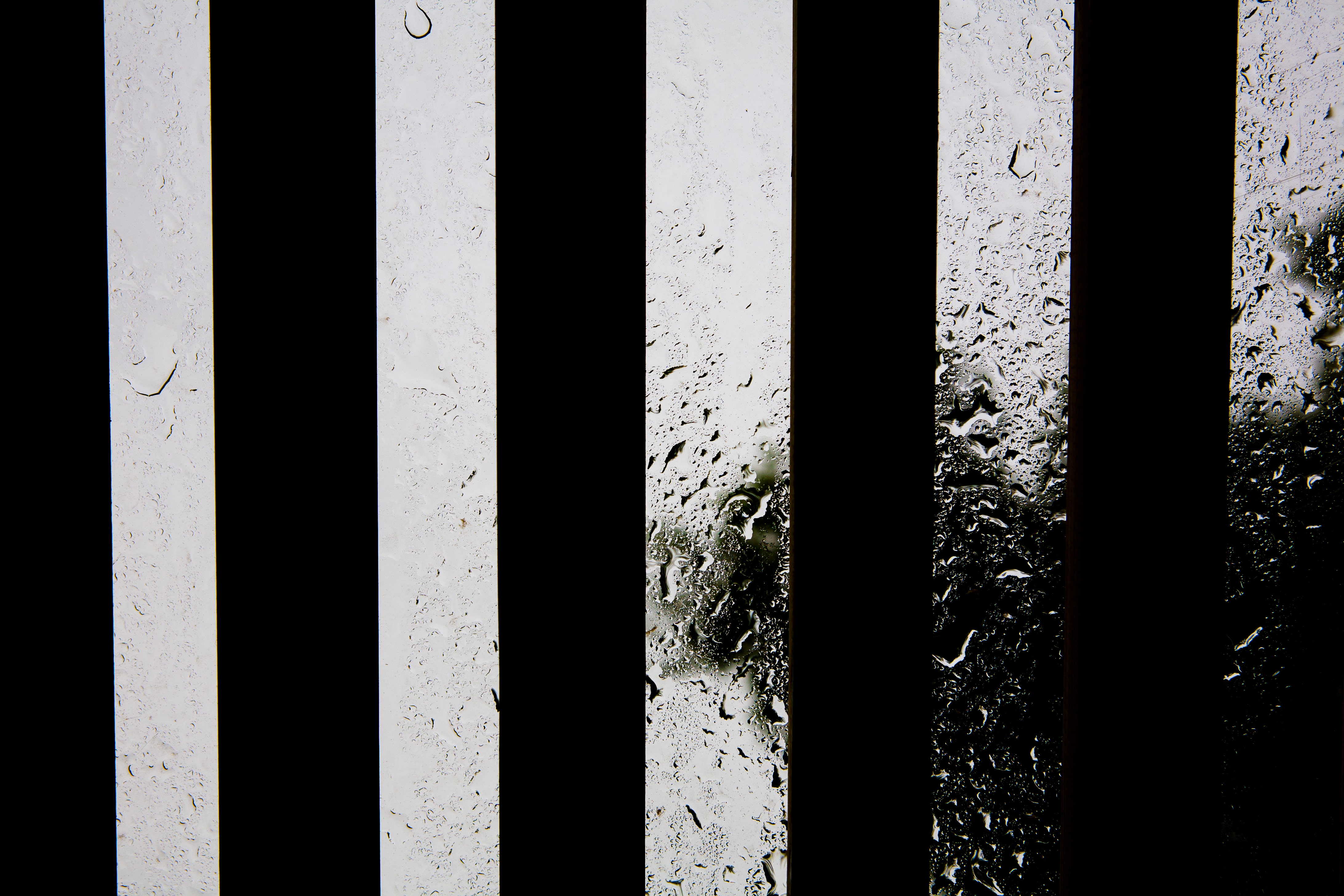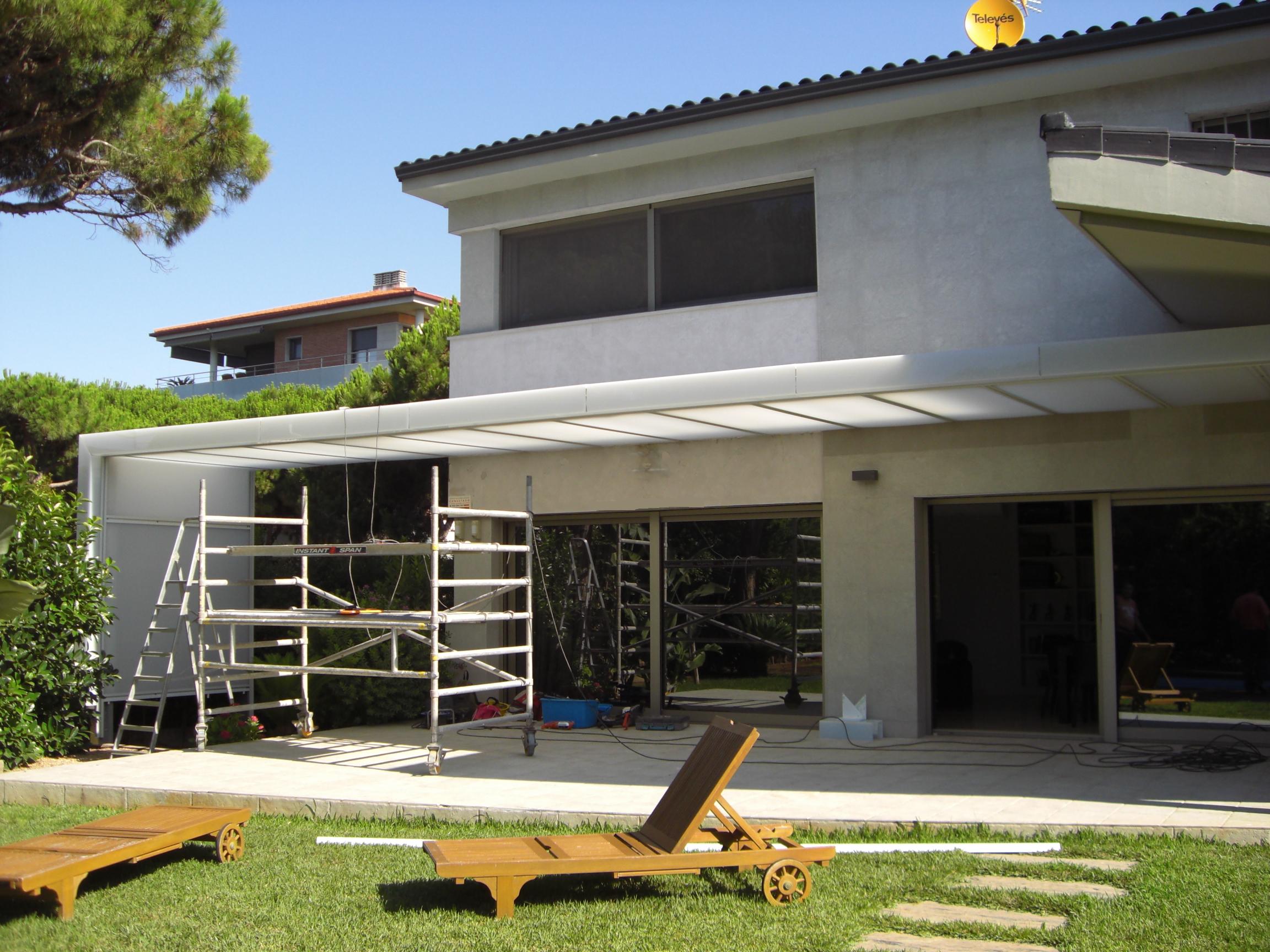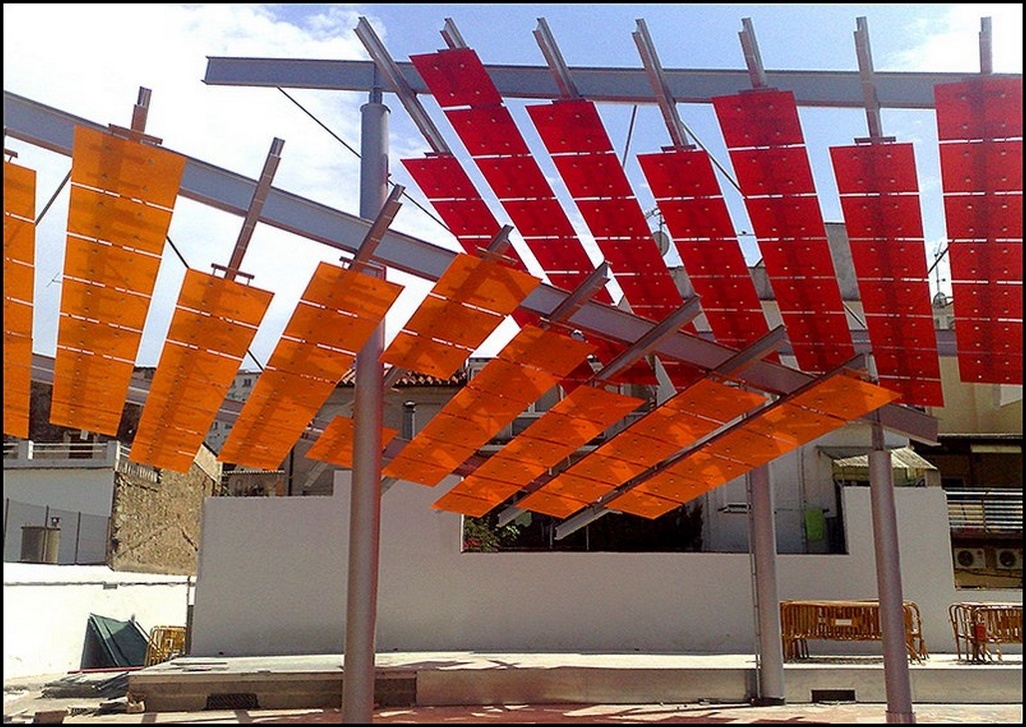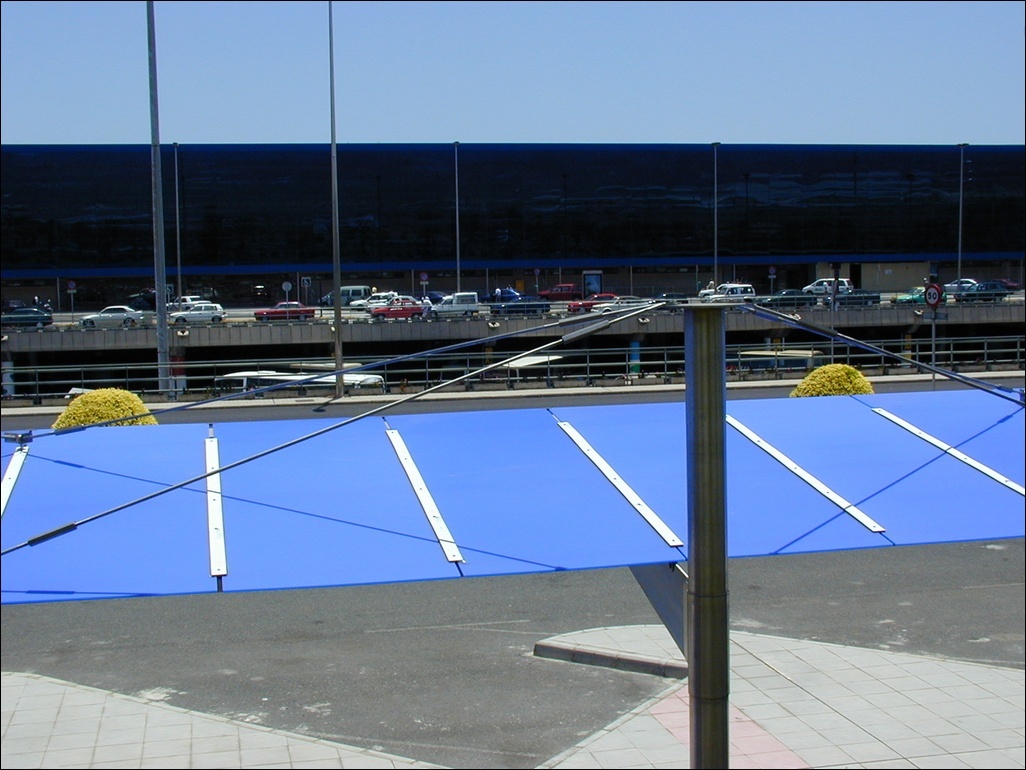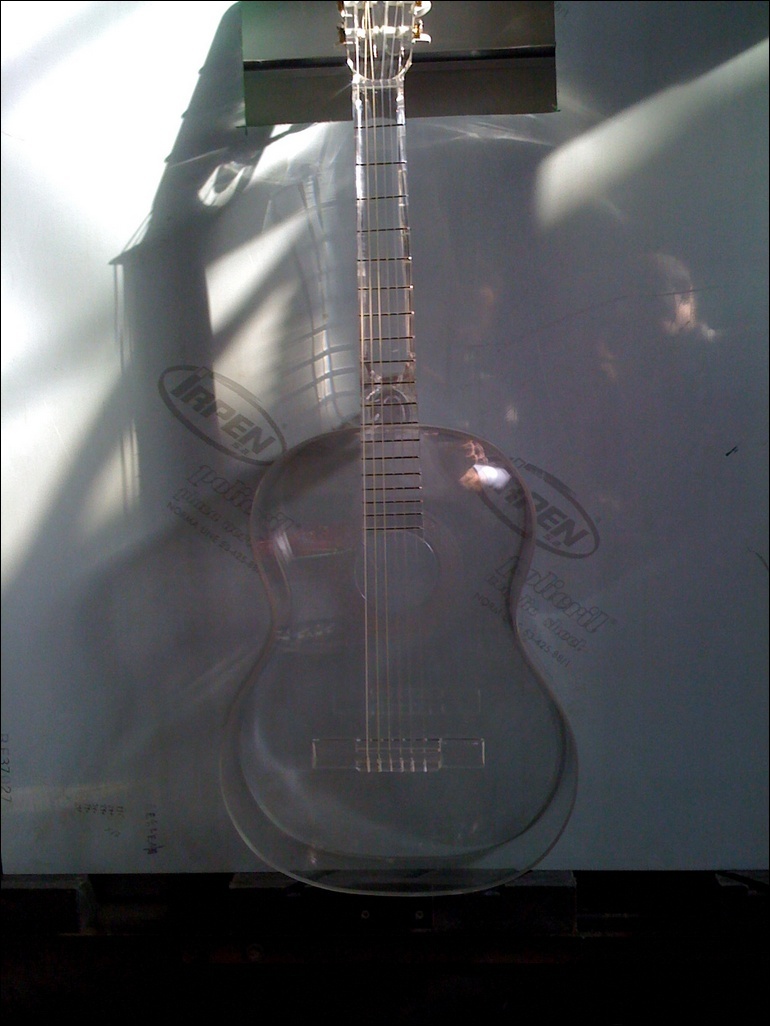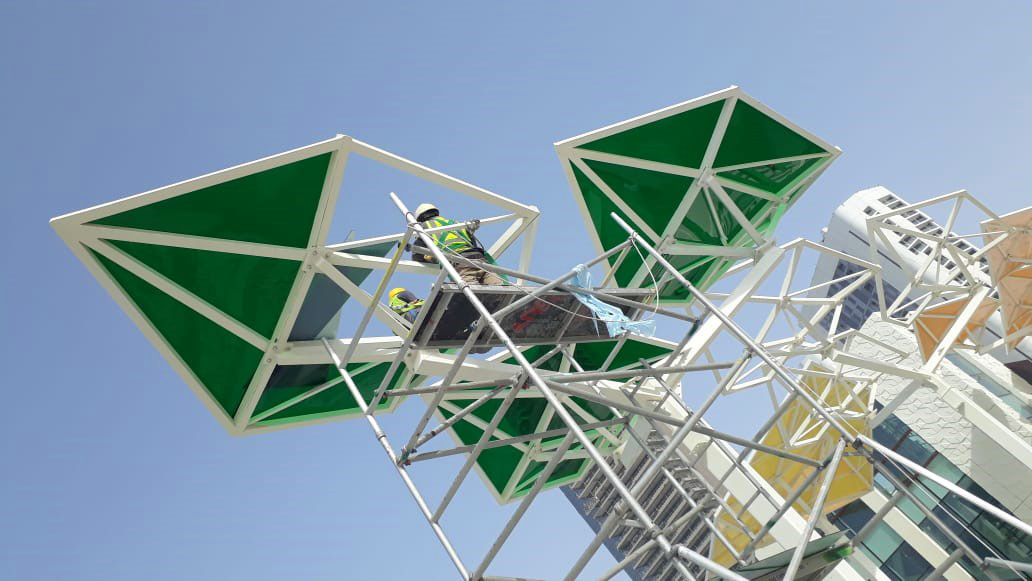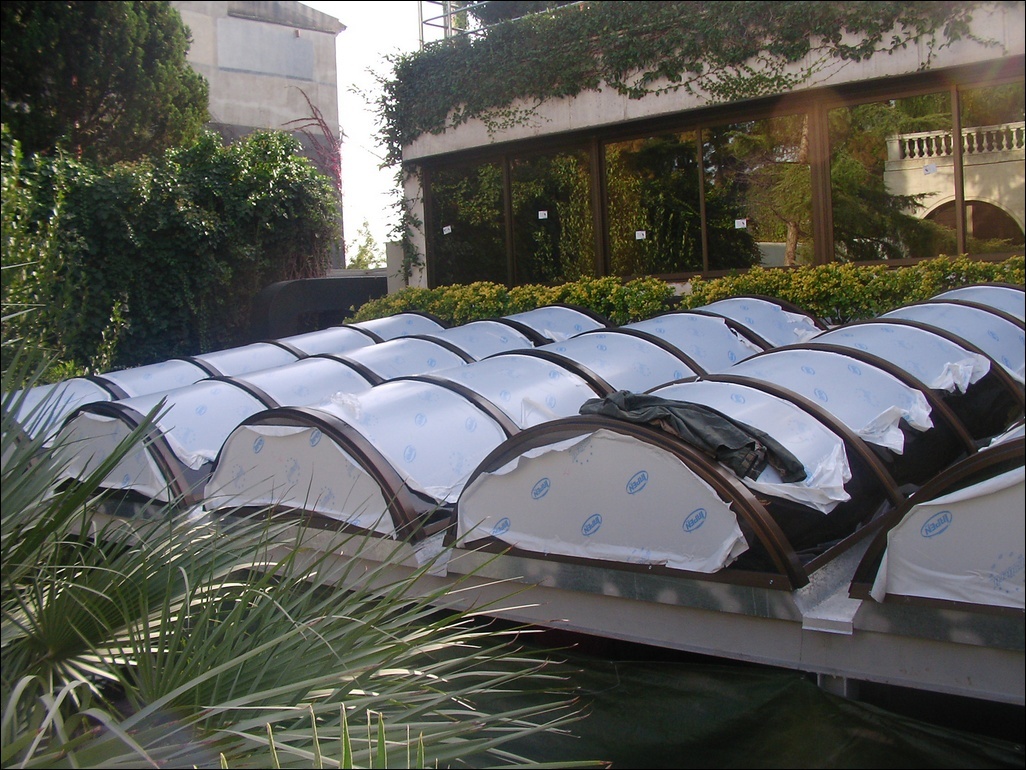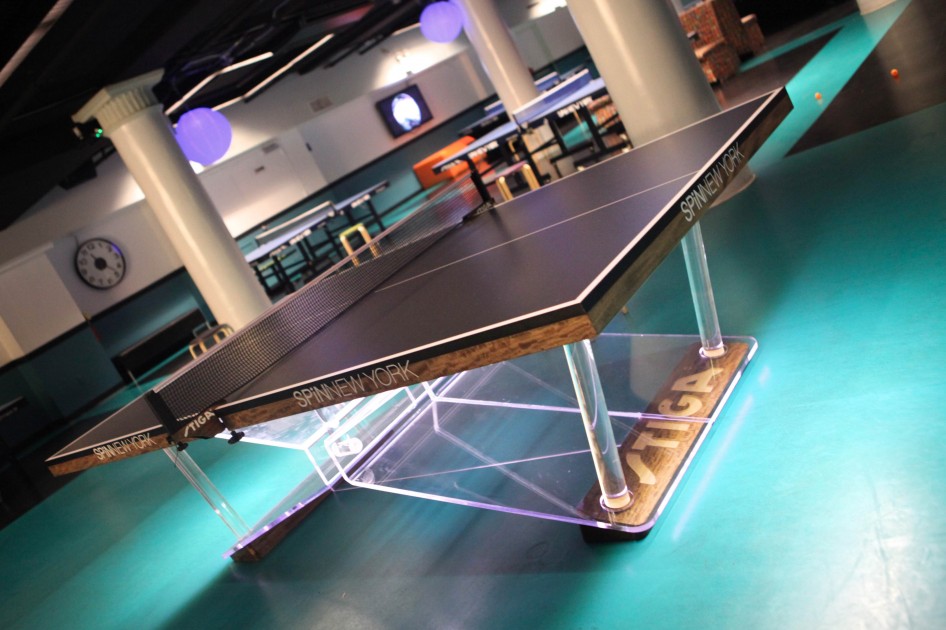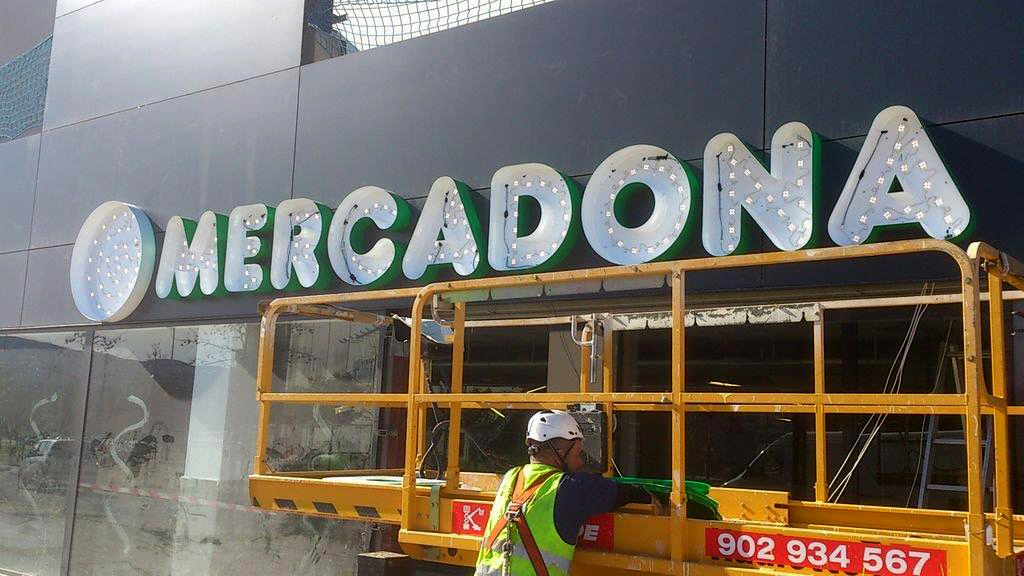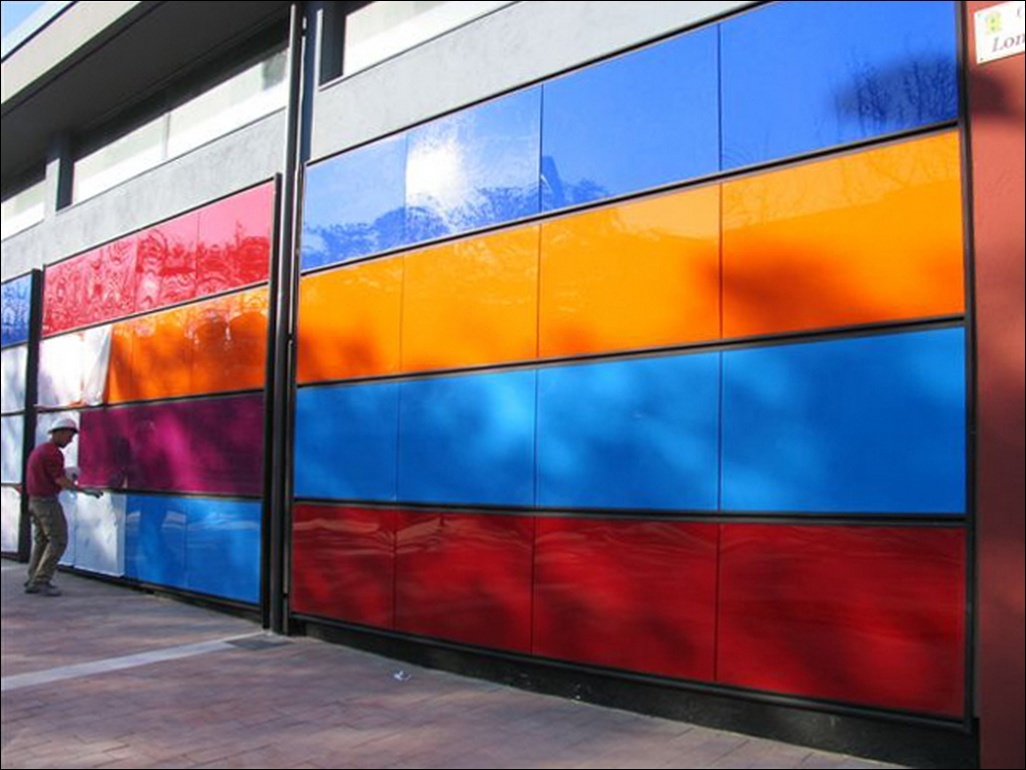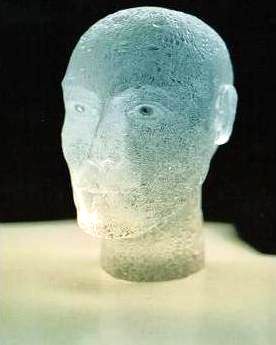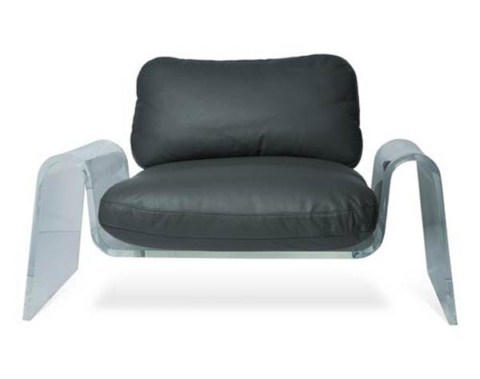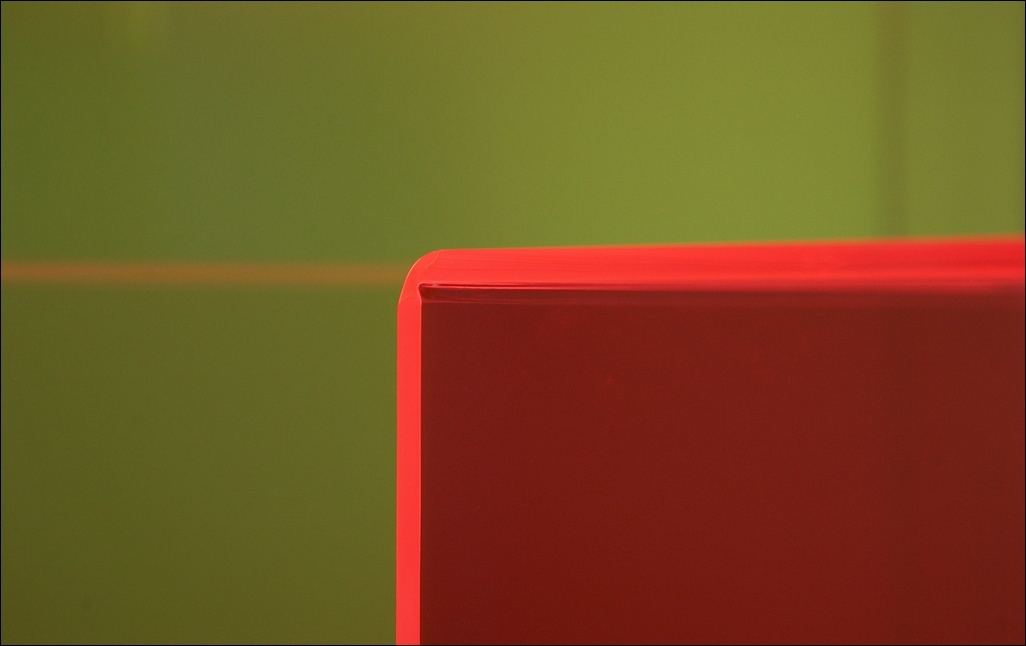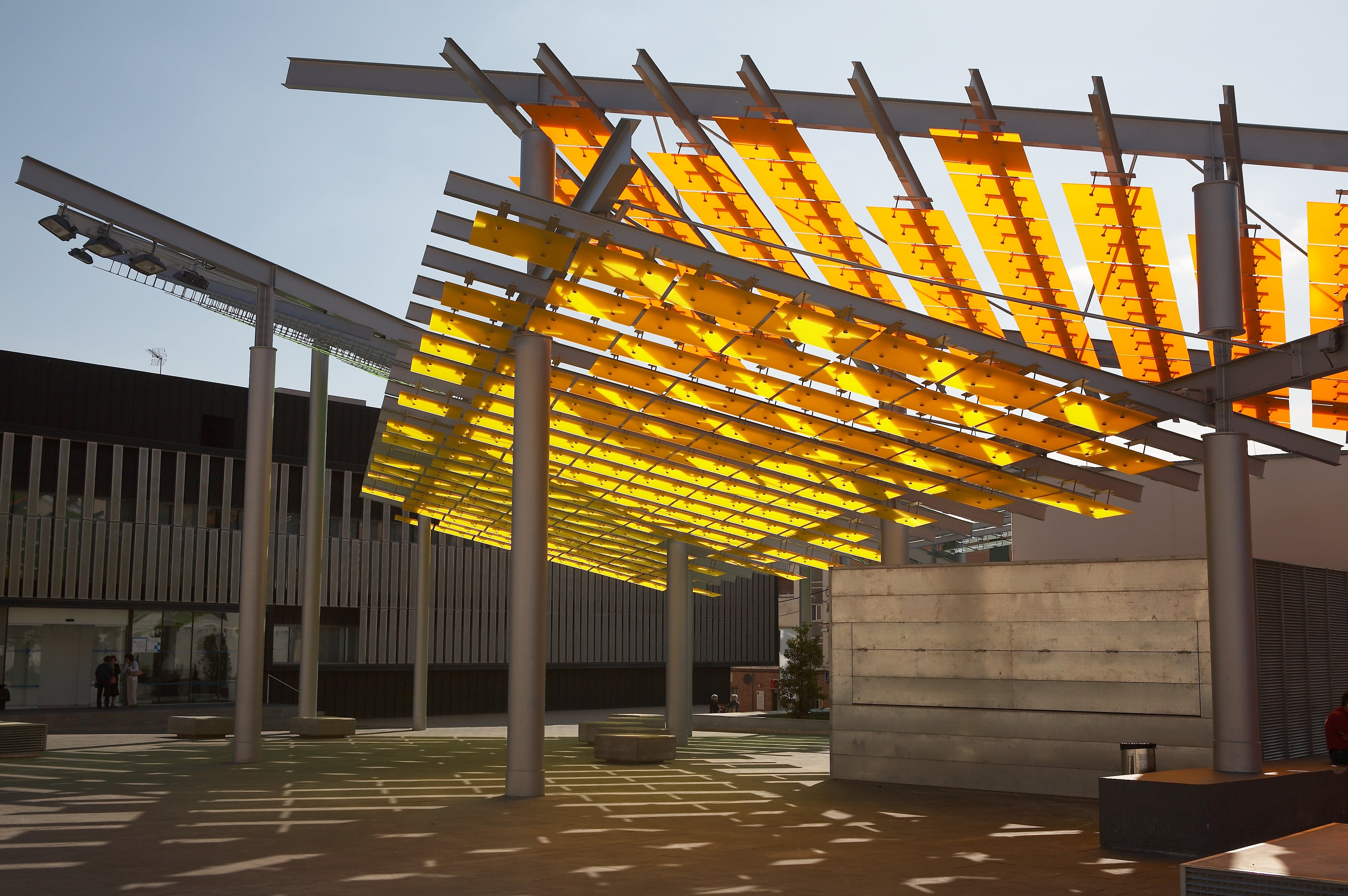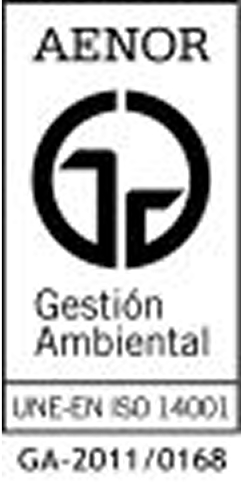Cast / Extruded Acrylic
Thermal expansion in thermoplastic materials

Linear expansion and contraction affect all materials, but especially thermoplastics. If the body is long, its dilation will be especially noticeable in the direction of length: we then speak of its linear dilation. Therefore, it is important to take this physical phenomenon into account when we are in the design phase of an installation, since the fluctuation in length can cause us significant problems once the material is installed if these movements have not been planned.
In addition, even if the thermal expansion is of small amplitude, the force it develops is considerable and requires us to take it into account, in order to avoid possible cracks and/or breakage of the material.
The particular thermal properties of each material affect their behavior depending on the amount of heat or cold to which they are exposed. The expansion coefficient describes a relationship between the temperature of a body and its volume. In general, when the temperature of an object increases, its particles agitate and begin to move away from each other, causing the object to increase its dimensions. In the opposite direction, it also happens: when the temperature drops, the particles get closer and the dimensions of the object decrease.
Considerations that facilitate length fluctuation
In installations where thermoplastics such as polycarbonate (either cellular or compact) or methacrylate are used, and where significant temperature jumps are expected throughout the useful life of the installation, it is important to take into account a series of considerations, which will allow us to adapt the design to safe thermal expansion/contraction:
- Leave free space for thermal movement
A free space must be provided to allow thermal expansion of the material, at the points of attachment with other materials. In materials with pieces where one direction is predominant over the other, this will be the direction in which the material will undergo the most significant changes and is where the greatest movements will take place.
An example would be roof installations where LC (corrugated compact polycarbonate) is used, in this case, where the plates are usually much longer than they are wide, the most important expansion/contraction will occur in the direction of the corrugation.
- Drill holes previously and with a larger diameter
Before fixing the plate, drill holes with a larger diameter than the mechanical attachment to be used. If larger diameter holes were made, tensions are avoided and their durability is better guaranteed.
- Fix without tightening
Whenever mechanical fasteners are used, it is important to ensure the correct attachment of the plate, but without tightening. Since, if the tightening is excessive, we can cause both tension and distortion in the plate, which can lead to cracks or collapse of the material.
- Chemical compatibility
Whenever gaskets are necessary, those that are chemically compatible with the thermoplastic used are recommended.
EPDM or Neoprene gaskets are compatible with PC and PMMA, in addition to being characterized by allowing the free movement of the plate. In both cases, they are materials that guarantee both watertightness, if necessary, and the reduction of tensions around the attachment point as the contact surface increases
In the case of using wet joints, such as silicones, chemical compatibility with the material to be installed must always be guaranteed. In the case of using PC, only silicones with a neutral or non-acid cure may be used, and which are especially recommended for use with polycarbonates.
In short, if the above considerations are followed, and taken into account during the design and execution phase of the installation, we will avoid a large number of problems caused by dimensional fluctuations, such as:
- Appearance of unwanted deformations and/or undulations.
- Cracks or breakage of the installed plates, in the worst cases.
These problems, which for example in roofs are usually common, usually end up causing problems with the tightness of the solution and the premature aging of the enclosure, which is solved with the partial or total replacement of the installed material.







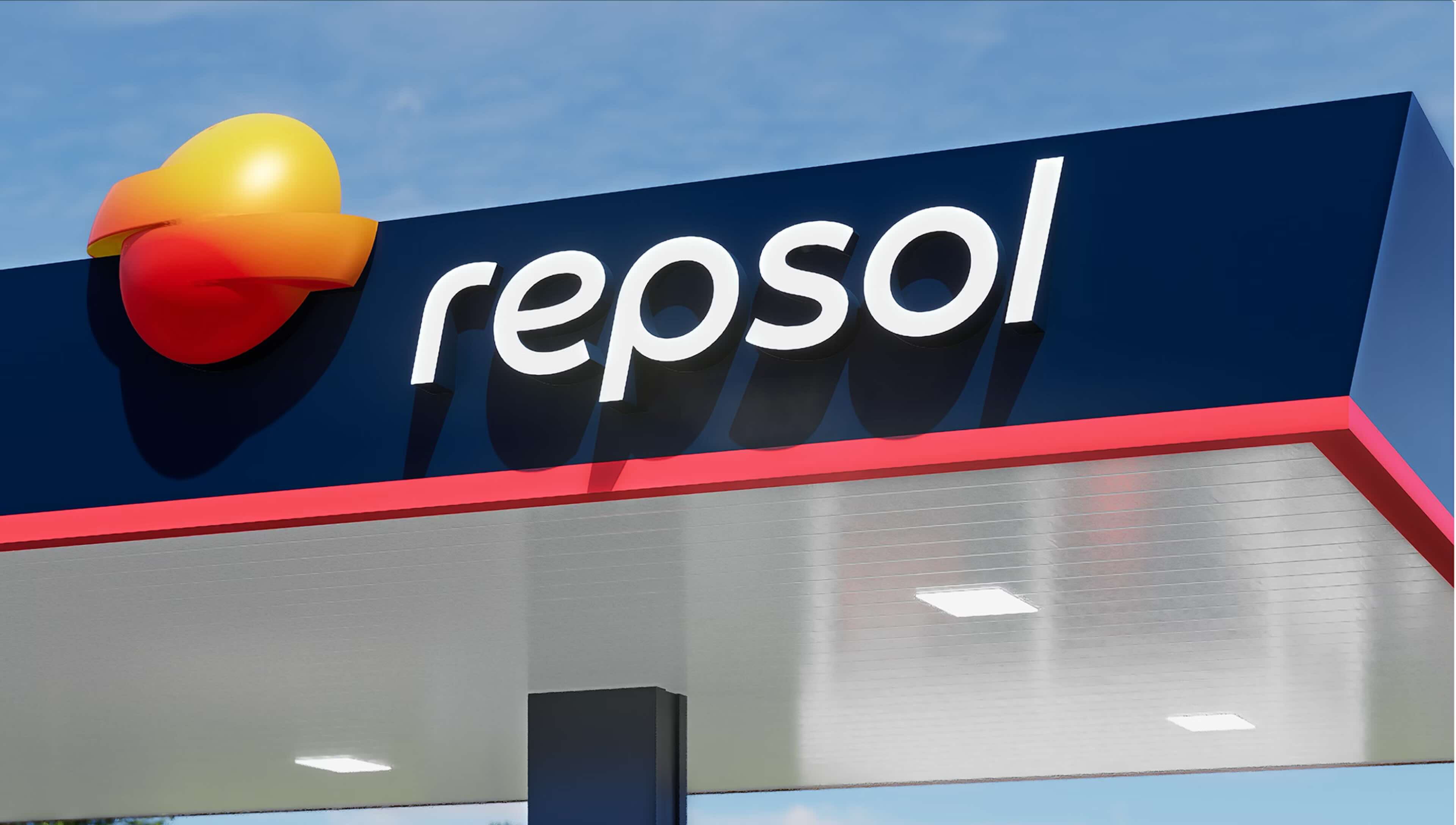

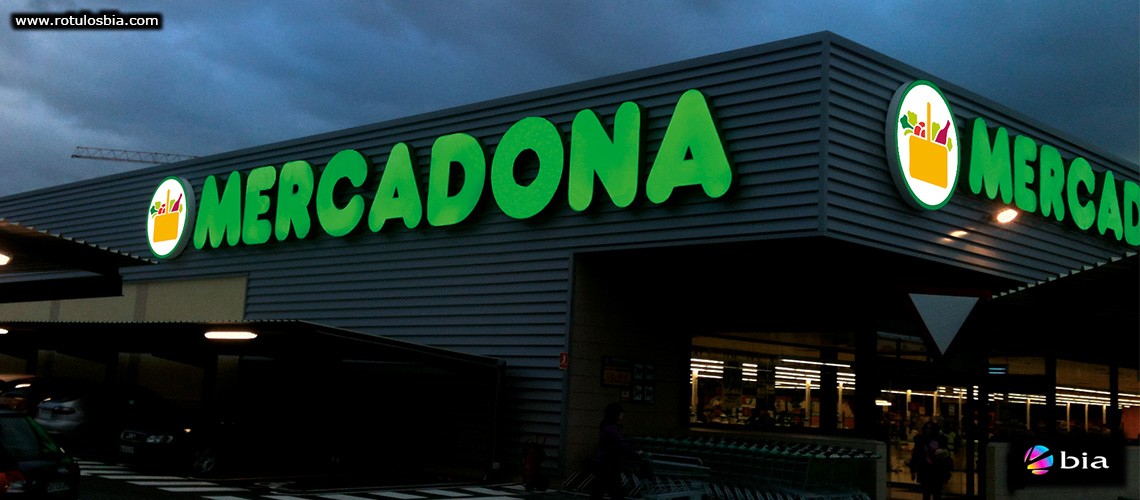
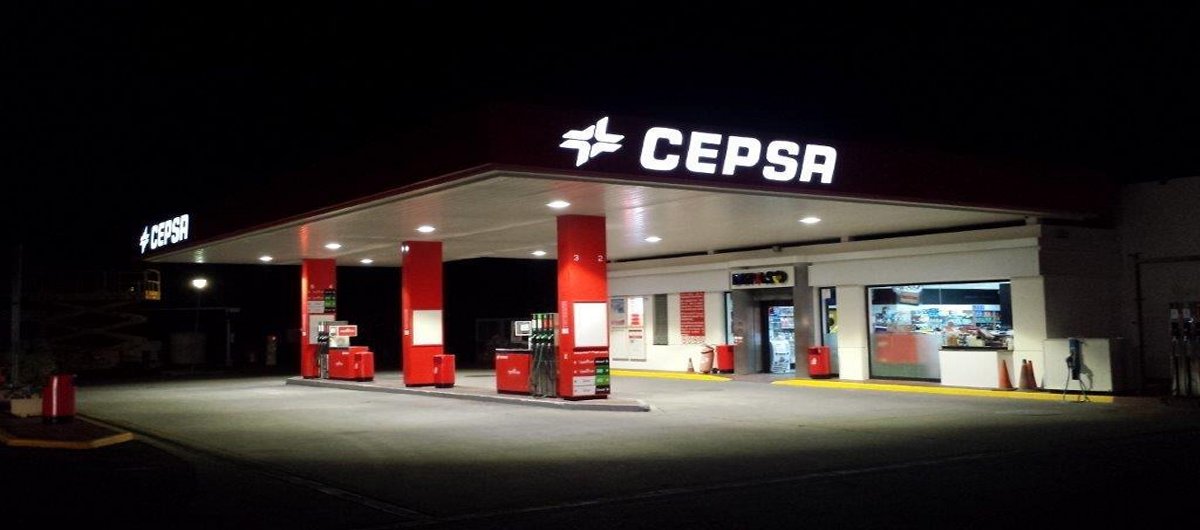



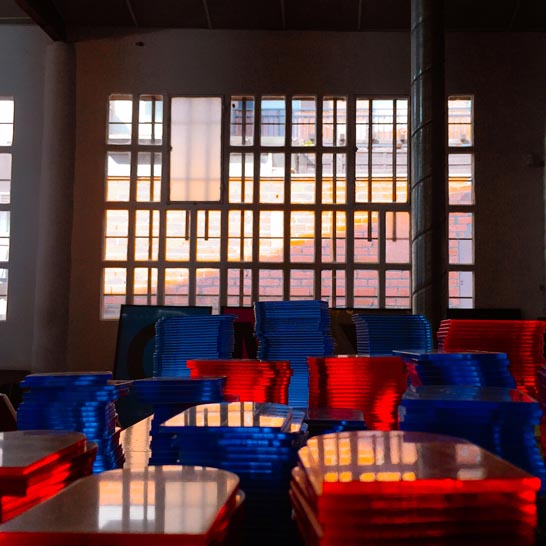
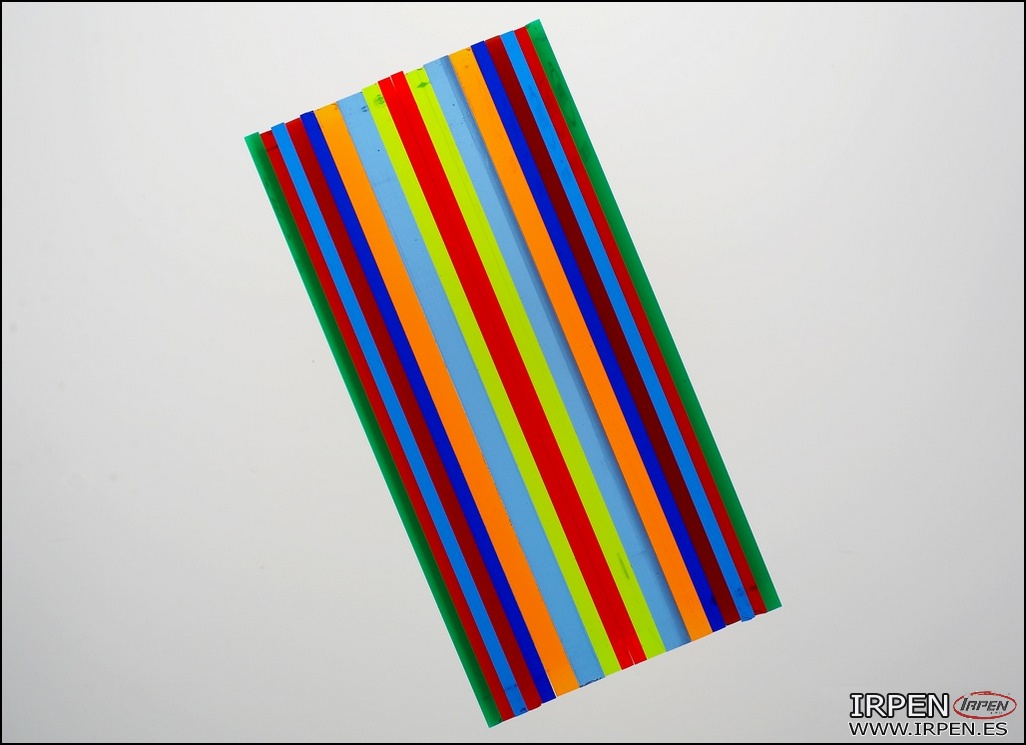
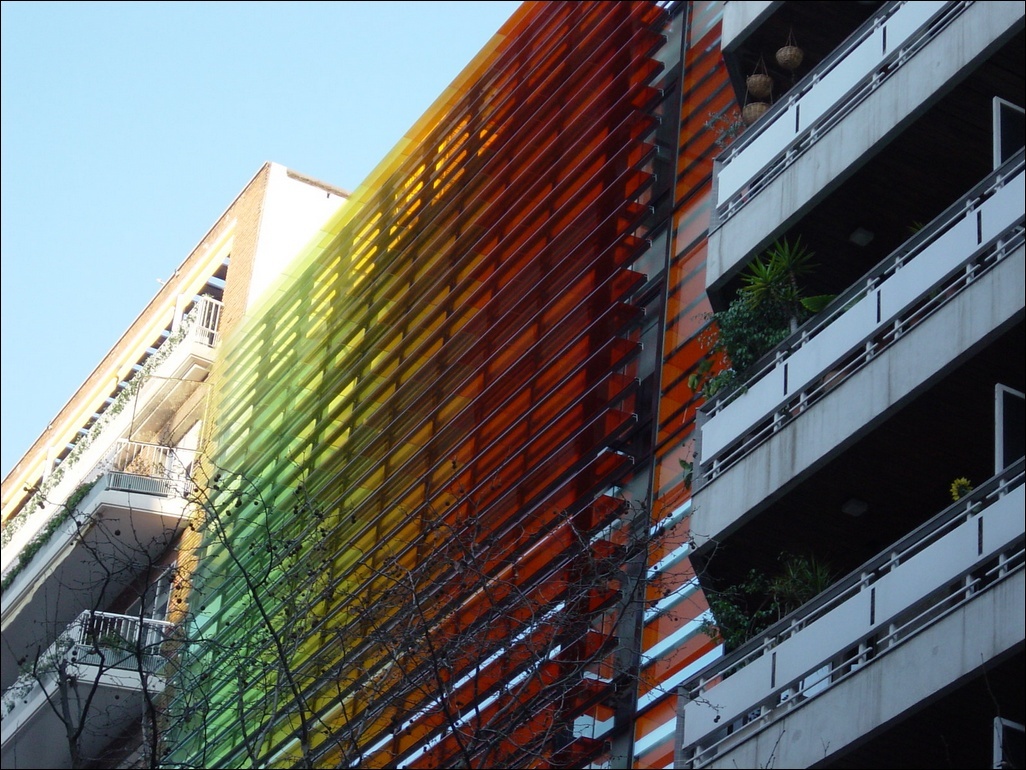
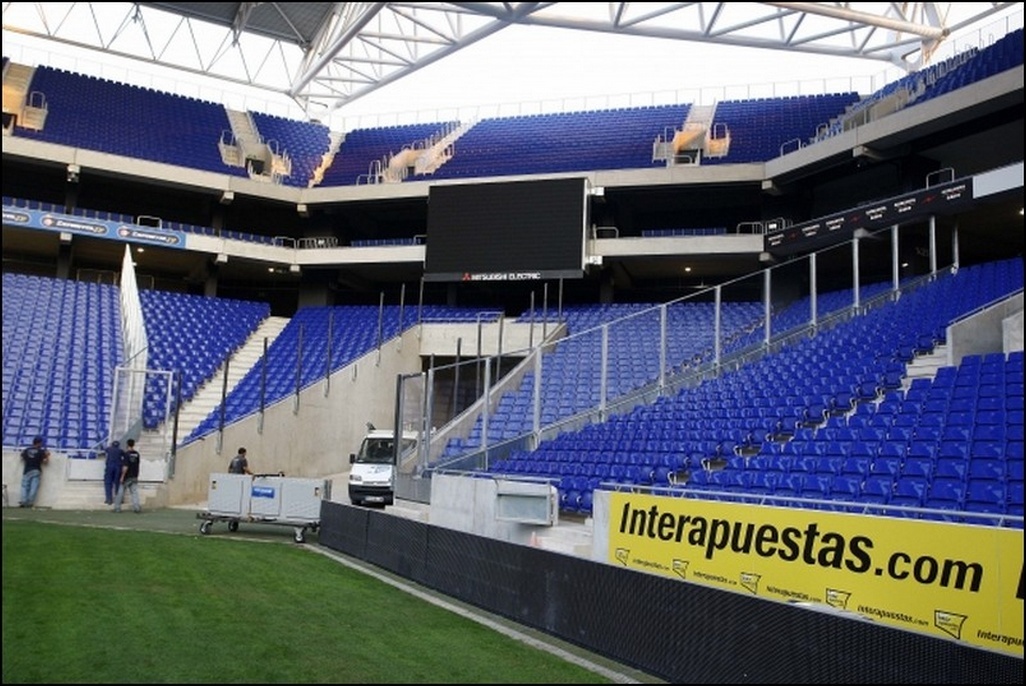

.jpg)
